You have a product you’re passionate about and are ready to sell it online? That’s a fantastic first step!
In 2025, global retail eCommerce sales are expected to hit $3.6 trillion. By 2030, that number is expected to exceed $4.9 trillion.
The opportunity to sell online is huge. But getting started can feel overwhelming. There’s a lot to figure out, like choosing the right platform, pricing your products, and finding customers.
Don’t worry, though. This guide will walk you through each step to set up, launch, and grow your online store. By the end, you’ll have a clear plan to get your products in front of the right people and start making sales.
Let’s get started and learn how to sell products online-
1. Choose the Right Product
Everything starts with what you sell. You could have the most beautiful website in the world, but if no one wants your product, it’s just a pretty online decoration.
So, how do you pick the right fit for your business? Below are the steps you can follow ⤵️
i) Identify Your Niche
Let’s start with a key question: What’s a “niche”?
In simple words, it’s a focused area of a broader market. Instead of selling “clothes”, you could sell “eco-friendly t-shirts for dog lovers”. Instead of offering “coffee”, you might specialize in “single-origin organic coffee from Guatemala”.
You may wonder, Why does this matter?
Let me answer that. Trying to sell to everyone often means connecting with no one. When you focus on a niche, you’re speaking directly to a specific group of people who share an interest, passion, or need. Your product becomes exactly what they’re looking for.
You can ask yourself some questions like-
Often, the best product ideas come from your own experiences. Maybe you love baking. Why not sell custom cookie cutters? Or you’re a fitness enthusiast. Create a line of unique workout gear.
Your passion will make your brand feel authentic and personal.
ii) Research Market Demand and Competition
Alright, you’ve got a niche in mind. Now it’s time to dig deeper and see if there’s demand for your product.
Start with Google Trends. Type in your product idea, like
Next, explore social media. Check Instagram, Pinterest, and Facebook for posts related to your product.
Pay attention to popular posts and trends to see what’s resonating with people. This gives you free, real-time insights into your product’s potential.
Finally, check out the competition. Who is already selling something similar? Don’t be discouraged if you find competitors. It’s actually a good sign!
It means there’s a market for your product. Look at their websites.
Maybe their shipping is too slow, or their product photos are blurry. These are gaps you can fill. Your goal isn’t to be the only one, but to be a better, more unique option.
iii) Validate Your Product Idea
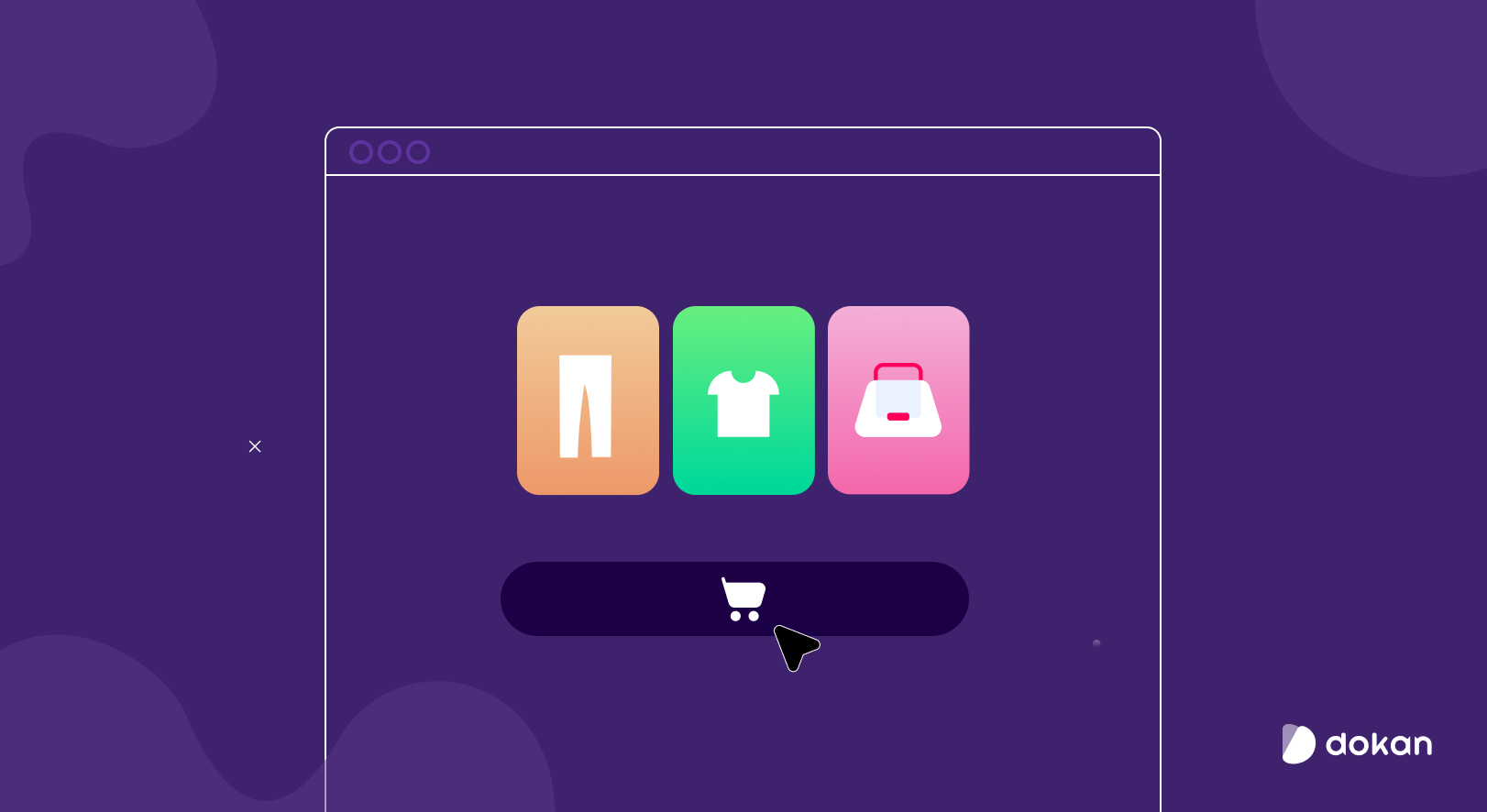
You’ve done your research, and things are looking good. Now for the final check before you go all-in. You need to validate your idea. This means confirming that people will actually buy your product.
You don’t need to order thousands of units just yet. Start small. Create a simple landing page or an Instagram account showcasing your product. Show mock-ups or photos and add a “Coming Soon” sign-up button. If people are signing up to learn more, you’re onto something.
Another effective way to validate your idea is to create a small test batch. Make 10 or 20 of your items and try to sell them locally or in relevant online communities. Getting real-world feedback and seeing actual sales is the ultimate confidence booster.
It proves your idea isn’t just a good idea in your head; it’s a good idea in the real market.
2. Set Up Your Online Store
Now that you have a product people want, you need a place to sell it. This is your digital storefront. It’s your little corner of the internet where you get to show off your awesome stuff.
i) Choosing a Platform
Back in the day, you’d need to hire a team of expensive developers to build an online store. Thankfully, those days are long gone. Today, there are amazing eCommerce platforms that make it super easy. They give you all the tools you need in one place.
You’ve got lots of options, but if you’re looking to get started quickly and easily, an all-in-one eCommerce solution like Dokan Cloud is a fantastic choice.
Dokan Cloud is built for people who want to focus on their products, not on complex code. It handles all the technical stuff so you can get your store up and running in a day, not months.
With Dokan, you’ll get a professional-looking store, secure checkout, and all the features you need without the headache. Think of it as renting a beautiful, fully-equipped shop in a busy mall, but for a fraction of the cost.
ii) Customizing Your Store
Once you’ve picked your platform, it’s time to make the store yours. This is where you bring your brand to life.
- Choose Your Theme: Pick a theme that fits your brand. Whether sleek and modern or warm and rustic, your theme sets the tone for your store.
- Use a Drag-and-Drop Page Builder: Utilize a drag-and-drop builder to arrange your page elements and create a professional design easily.
- Set Payment Methods: Set up secure payment options like PayPal, Stripe, and credit/debit cards for smooth transactions.
- Configure Shipping Methods: Choose your shipping options like flat rates, free shipping, or location-based rates. Platforms like Dokan Cloud make it simple to manage shipping.
- Set Up Taxes: Don’t forget to configure tax rates based on your location and the products you’re selling. Make sure everything’s in line with local regulations.
- Branding: Branding is the personality of your store. Your logo should be simple, memorable, and reflective of your brand. Choose a color scheme that aligns with your vibe. Use consistent and easy-to-read fonts throughout your site.
iii) Creating a User-Friendly Shopping Experience
Imagine you walk into a store where everything is on the floor and there are no price tags. You’d leave, right? Your online store is the same. It needs to be clean, clear, and easy to use.
Make sure your navigation menu is simple. Categories like “Shop”, “About Us”, and “Contact” should be easy to find. Your search bar should work well. And most importantly, your site must look great and function perfectly on a mobile phone.
Over half of all online shopping happens on phones. So, if your site is clunky on a small screen, you’re losing customers.
3. Optimize Your Product Listings
Your product listings are your virtual salespeople. They do the talking for you. A great listing can convince a hesitant browser to become a happy customer.
i) Writing Compelling Product Descriptions
A product description is more than just a list of features.
Don’t just say “This backpack is made of waterproof nylon”.
Instead, tell a story. “Caught in a sudden downpour on your way to work? No problem. Our waterproof nylon backpack keeps your laptop and important documents perfectly dry, so you can walk in with confidence.”
Quick tips to write engaging product descriptions:
1. Show how your product makes life easier or more enjoyable.
2. Use clear, high-quality images from different angles.
3. Include relevant keywords naturally in your title and description.
4. Be transparent about pricing and stock availability.
5. Encourage reviews to build trust with customers.
6. Offer various payment and shipping options for convenience.
ii) Using High-Quality Images
People can’t touch or feel your product online, so your photos have to do all the heavy lifting. This is one area where you absolutely cannot cut corners.
- Use a simple background: A plain white or light-colored background makes your product pop.
- Show multiple angles: Let customers see the front, back, and sides. Show close-ups of important details.
- Use good lighting: Natural light is your best friend. Take photos near a bright window and avoid harsh shadows.
- Show the product in use: This is called a lifestyle shot. If you sell a coffee mug, show someone happily drinking from it. If you sell a dress, show a person wearing it and having a good time. It helps customers imagine themselves using your product.
You don’t need a super expensive camera. Modern smartphone cameras are amazing. Just focus on lighting and clarity.
iii) Setting Competitive Prices
Pricing can feel tricky. But it gets easier when you take it step by step.
Start by calculating your total cost. Include everything like materials, packaging, shipping, and platform fees. Once you know how much it costs to prepare and deliver your product, you’ll have a solid foundation for setting your price.
Then, look at what others are charging for similar products. You don’t need to copy them, but it helps to see what customers are already paying. If your product has better quality or extra features, you can price it higher. If you want to attract more buyers, set a lower price to start.
Finally, think about how people see your price. Good photos and clear descriptions make your product look more valuable. Strong branding helps too.
If the price is too low, people might assume the quality isn’t great. Try to find a balance where the price feels fair and still gives you a good profit.
4. Payment and Shipping Options
Payment and shipping might not sound exciting. But they can make or break a sale. People want an easy checkout and fast, reliable delivery. If either of these feels complicated, they’ll move on without buying.
i) Setting Up Payment Gateways
A payment gateway is the service that securely processes your customers’ credit cards or other payment information. It’s the online version of a cash register. Your eCommerce platform will make this easy to set up. You can connect to trusted gateways like Stripe or PayPal.
If you’re using Dokan Cloud, payment integrations are already built in. You can activate them in a few clicks and start accepting payments right away.
Once everything is connected, place a test order to make sure payments go through smoothly. It’s a small step that prevents big headaches later.
It’s always better to offer multiple payment options on your eCommerce store. Customers want checkout to be quick and easy. They like having choices, such as paying with a card, using a digital wallet, or selecting a pay-later option.
ii) Choosing Shipping Options and Calculating Fees
Shipping plays a big role in your customers’ buying decisions. Slow or expensive shipping can stop people from completing their orders. That’s why it’s important to offer clear and flexible options.
Here are a few common strategies:
- Free Shipping: Everyone loves free shipping! You can offer it on all orders or on orders over a certain amount. This encourages people to buy more. Just ensure you’ve calculated the cost into your product price.
- Flat-Rate Shipping: This is a simple option. You charge one flat fee for shipping, no matter how much the person buys. For example, “$5 shipping on all orders”. It’s easy for customers to understand.
- Calculated Shipping: This is the most accurate option. The shipping cost is calculated automatically at checkout based on the customer’s location and the weight of the package.
If you’re using Dokan Cloud, you can set different rates for different regions. It’s easy to manage and ensures fair pricing for both you and your customers.
Good shipping options make the buying experience smoother and help you build long-term customer loyalty.
5. Market Your Products
Now that your store is ready, it’s time to spread the word. Even the best products won’t sell if people don’t know about them.
Marketing helps you reach the right audience and turn visitors into customers.
i) Leveraging Social Media
Social media is your best friend for finding your niche audience. You don’t need to be on every single platform. Go where your target customers hang out.
- Instagram: Perfect for visual products. Post your high-quality product photos and lifestyle shots. Use Instagram Stories to show behind-the-scenes content, and Reels to create fun, engaging videos.
- Facebook: Great for building a community. Create a Facebook page for your brand and share updates, run polls, and engage with your followers. Facebook groups related to your niche are also fantastic places to share your products.
- Pinterest: This is a visual search engine. People go to Pinterest for inspiration. Create beautiful pins that link back to your product pages. It’s a powerful way to drive traffic to your store.
Share content that feels real. Post photos, short videos, or stories that show your products in everyday use. People connect more when they see how your product fits into real life.
Also, use hashtags, captions, and trends to reach more people. Reply to comments and share customer photos or reviews. These small interactions build trust and make your brand feel more human.
Finally, stay consistent. You don’t need to post every day, but regular updates keep your brand active and easy to remember. Over time, social media can become one of your biggest sales drivers.
ii) Using Email Marketing
Email is still one of the most powerful marketing tools out there. Why? Because you own your email list. Social media algorithms can change, but your email list is yours forever.
Start collecting emails from day one. You can add a simple pop-up on your website offering a discount, like 10% off their first order, in exchange for their email address.
Once you have a list, send out regular newsletters. You can share new product announcements, special promotions, helpful tips related to your niche, or stories about your brand.
Also, keep your emails short and easy to read. Use clear subject lines so people know what to expect before opening them. Add eye-catching product images and a clear button that leads to your store.
Lastly, don’t send too often. A few emails each month are enough to keep customers engaged without overwhelming them. When done right, email marketing builds loyalty and turns one-time buyers into repeat customers.
iii) Paid Advertising Strategies
When you’re ready to grow faster, you can explore paid ads. This means you pay to put your products in front of a very specific audience.
- Facebook & Instagram Ads: These platforms are amazing for targeting. You can show your ads to people based on their interests, age, location, and even their online behavior. You can start with a very small budget, like $5 a day, to test things out and see what works.
- Google Ads: With Google Ads, you can show up at the very top of the search results when someone is looking for a product like yours. This is powerful because you’re reaching people who are already actively searching to buy.
Paid ads can feel intimidating at first, but start small, test, and learn.
6. Manage Customer Service
Good customer service can turn a first-time buyer into a loyal fan. People remember how you make them feel, not just what you sell.
i) Creating Easy Return and Refund Policies
A clear and fair return policy gives customers the confidence to buy from you. They know that if the product isn’t quite right, they won’t be stuck with it.
Keep your policy short and easy to understand. Avoid complicated terms or long paragraphs.
- State how many days customers have to return a product,
- What condition it should be in,
- and how they’ll get their refund.
Offer an easy way for customers to request a return, such as a short form or a quick email. The fewer steps it takes, the better the experience. A customer-friendly return policy shows that you stand behind your products.
ii) Engaging with Customers
Be available and responsive. If a customer has a question, they should be able to reach you easily.
To start, make it a habit to reply to messages, comments, and reviews. Even a quick thank-you or friendly reply can go a long way. It shows that you care about what they have to say and appreciate their time.
In addition, keep your customers in the loop. Share updates about new products, upcoming offers, or a peek behind the scenes. These small moments make your brand feel more human and approachable.
You can also invite people into the conversation. Ask questions in your posts or emails and encourage them to share their thoughts or experiences. When customers feel included, they’re more likely to stick around.
Above all, stay genuine. A kind tone, a little gratitude, and consistent communication help you build trust and turn one-time buyers into loyal fans.
iii) Building Trust and Loyalty
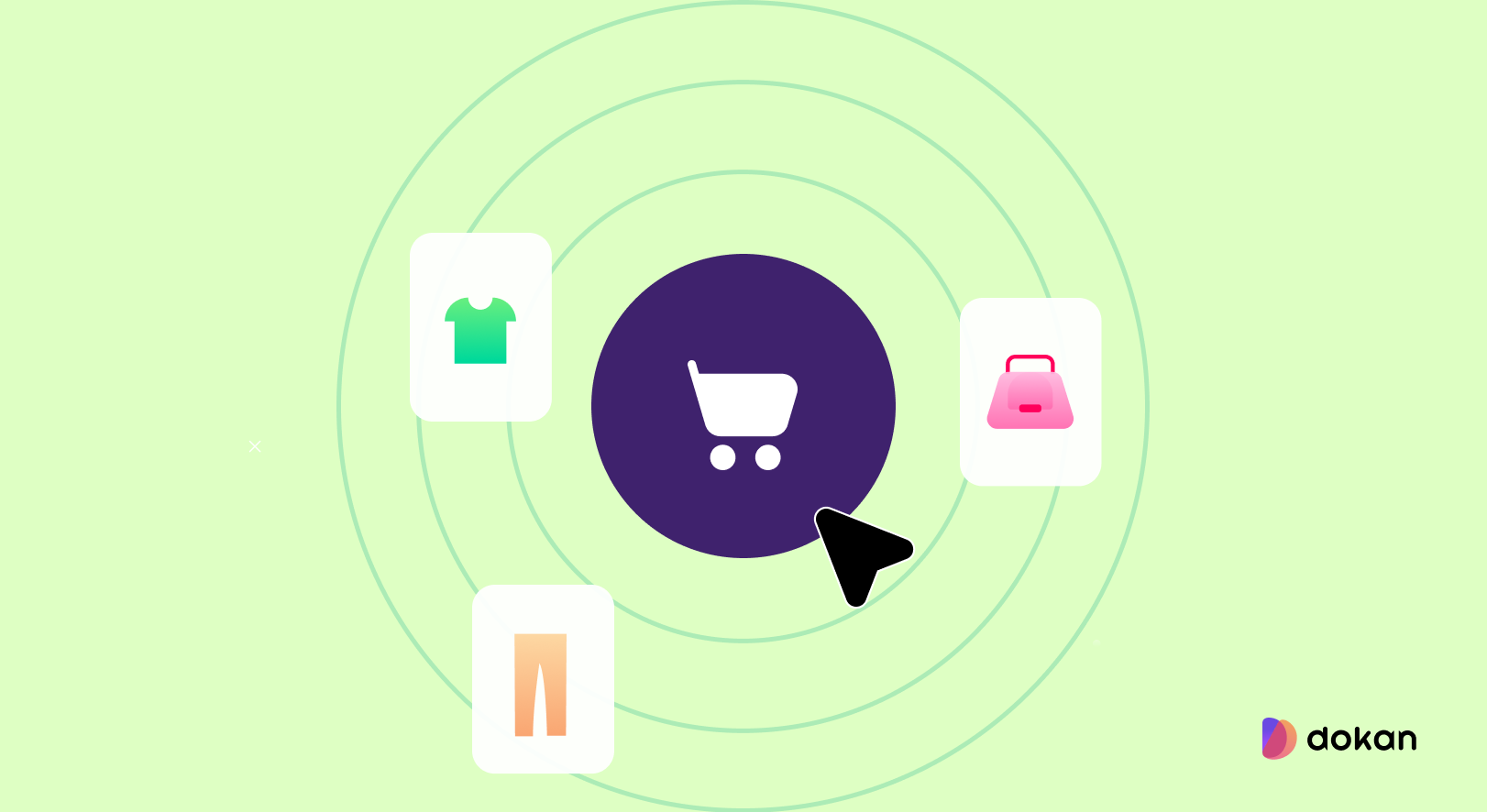
Trust is what keeps customers coming back. When people believe in your brand, they don’t just buy once. They become long-term supporters who recommend you to others.
You have to deliver what you promise, whether it’s product quality, delivery time, or customer service. When customers know they can rely on you, they’ll naturally feel more confident buying again.
Next, keep communication open. Send follow-up emails after purchases, ask for feedback, and thank customers for their support. These small gestures make people feel valued and appreciated.
It also helps to be transparent. Be honest about your prices, shipping times, and policies. If something goes wrong, own up to it and fix it quickly. Honesty builds credibility faster than perfection ever could.
Over time, these simple actions create a sense of trust that no marketing strategy can replace.
7. Analyze and Improve
Once your store is running, your job isn’t over. To grow, you need to keep an eye on what’s working and what’s not.
Your online store is not a “set it and forget it” project. It’s a living thing that you can constantly make better.
i) Using Analytics to Track Sales and Customer Behavior
Analytics show how customers interact with your store. Check your sales reports to see which products sell best and when. Study customer behavior to find where people drop off or spend the most time.
- How many visitors are coming to your site?
- Where are they coming from?
- Which of your products are the most popular?
- What is your conversion rate?
This information tells you what’s working and what’s not. If you see that a lot of your visitors are coming from Instagram, you know you should double down on your efforts there. If one product is selling like crazy, maybe you should create similar products.
Platforms like Dokan Cloud include built-in analytics, so you can view all key data in one place. Use these insights to make smart changes and improve your sales over time.
ii) A/B Testing for Better Conversion Rates
A/B testing helps you understand what drives more sales. It’s about comparing different versions of your store elements to see which ones perform best.
You can test multiple variations of things like product titles, images, prices, or buttons. For example, try a few different headlines or product photos to see which one gets more clicks or conversions.
The key is to change one element at a time so you know what’s making the difference. Small adjustments, like a clearer call-to-action or a brighter image, can often lead to better results.
iii) Continuous Improvement and Customer Feedback
Improvement never stops. Once your store is live, keep learning from your customers and your data.
Ask for your customers’ feedback whenever you can. A quick survey, a short email, or even reading product reviews can tell you what’s working and what’s not. Your customers will give you the best ideas for how to improve your products and your store.
Once you get their feedback, take action. Maybe your checkout feels a bit slow, or your product photos need an update. Even small fixes can make a big difference in how people experience your store.
You’ve come a long way. We’ve talked about finding a product people actually want, setting up your store, and creating listings that sell. You’ve learned how to make checkout easy, ship with confidence, and connect with customers in a way that builds trust.
At this point, you have everything you need to launch your online store and start growing your brand with confidence.
How to Sell Products Online: Final Words
You now have a complete, step-by-step plan to launch your own successful online store.
Let’s quickly recap the journey.
- You start by finding a great product in a niche you love.
- Then, you build your beautiful online store on a user-friendly platform.
- You create amazing product listings with great photos and descriptions.
- You set up smooth payment and shipping options.
- You get the word out with smart marketing.
- You treat your customers like gold with excellent service.
- And finally, you analyze and improve to keep growing.
It’s a process, but it’s not magic. Every successful online business started with Step 1. The most important thing is to just begin.
What about you? What’s the first product you’d like to sell online? Share your ideas in the comments below!
Subscribe to
Dokan blog
We send weekly newsletters, no spam for sure!

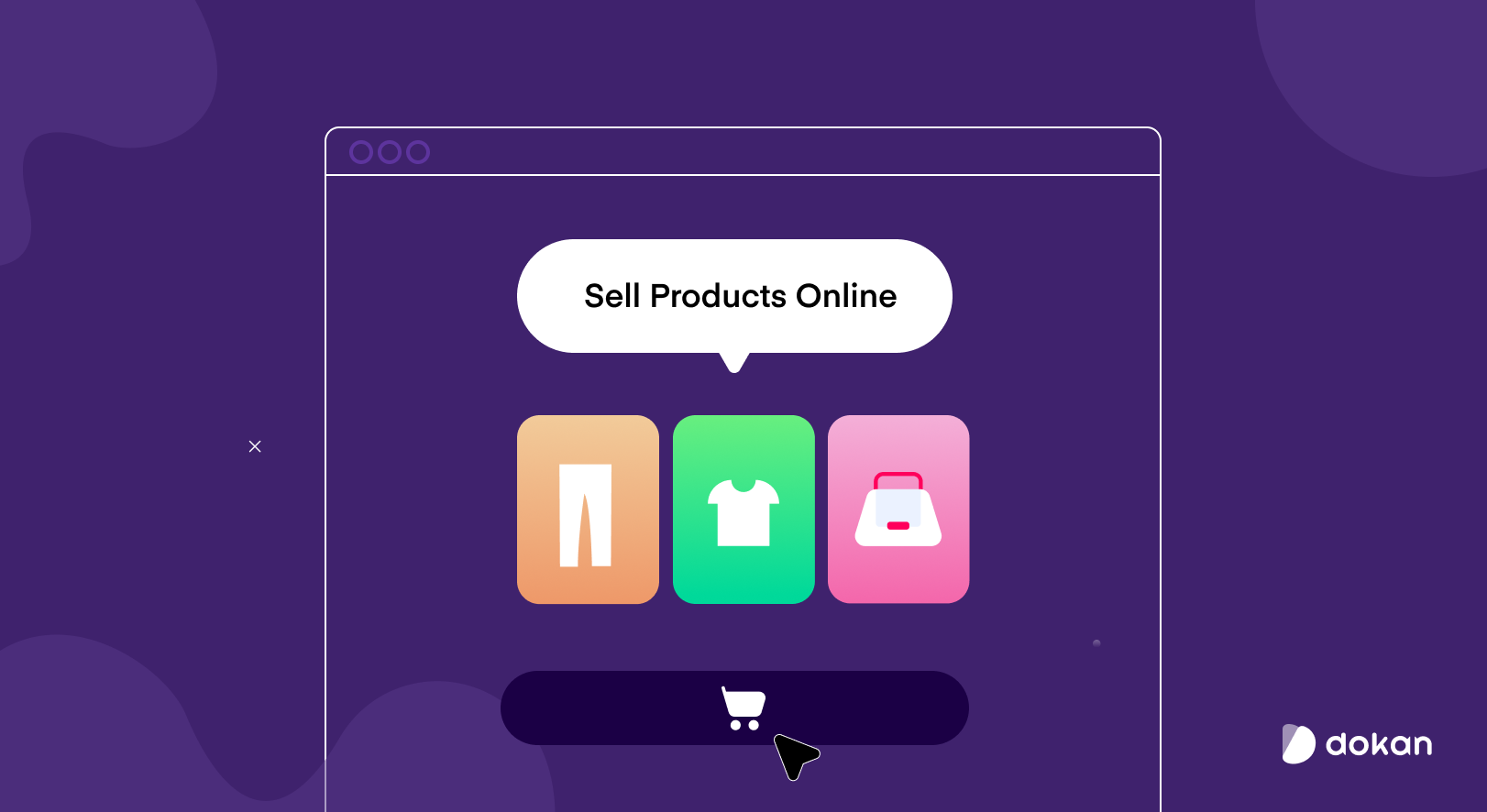
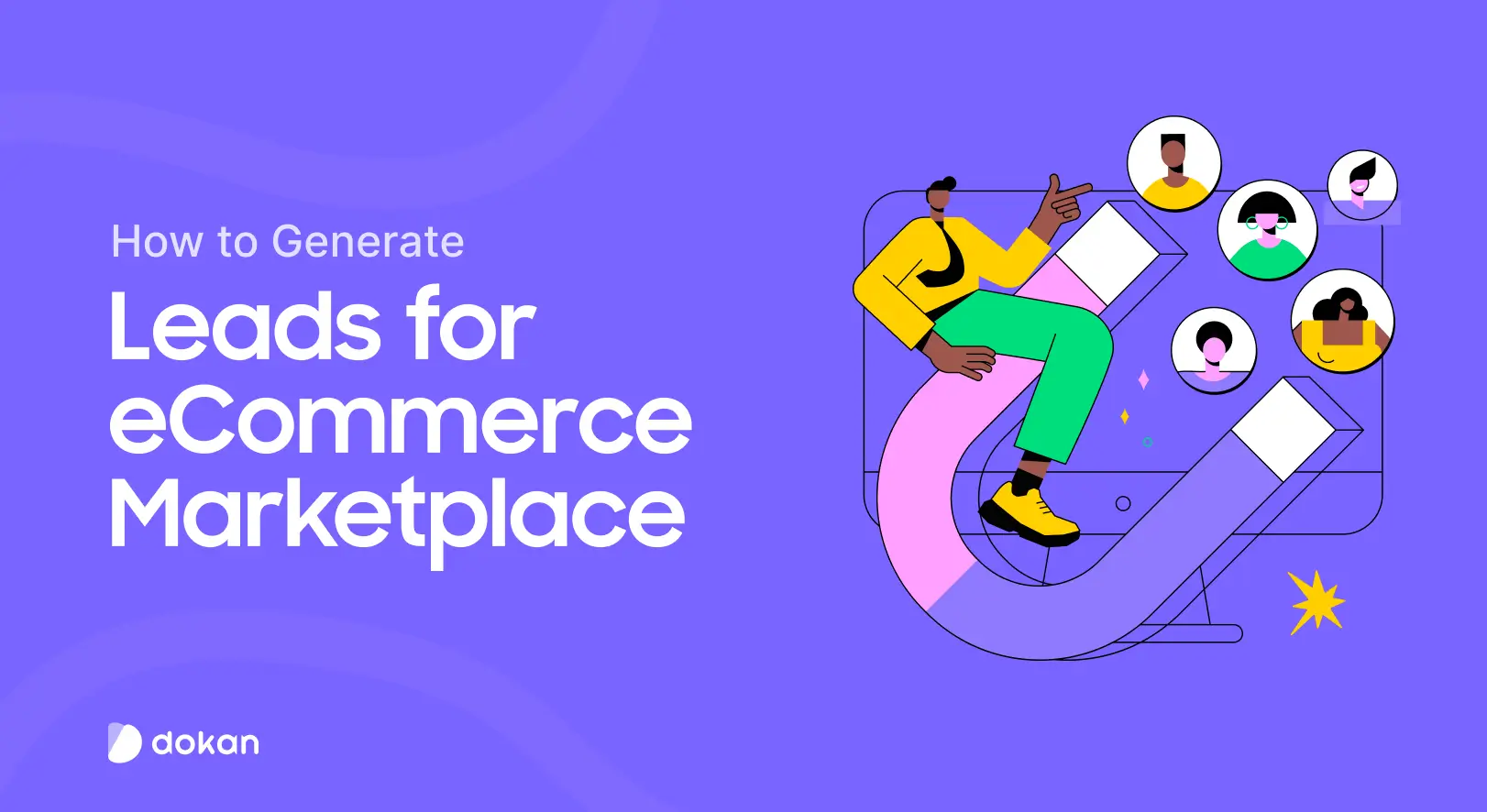
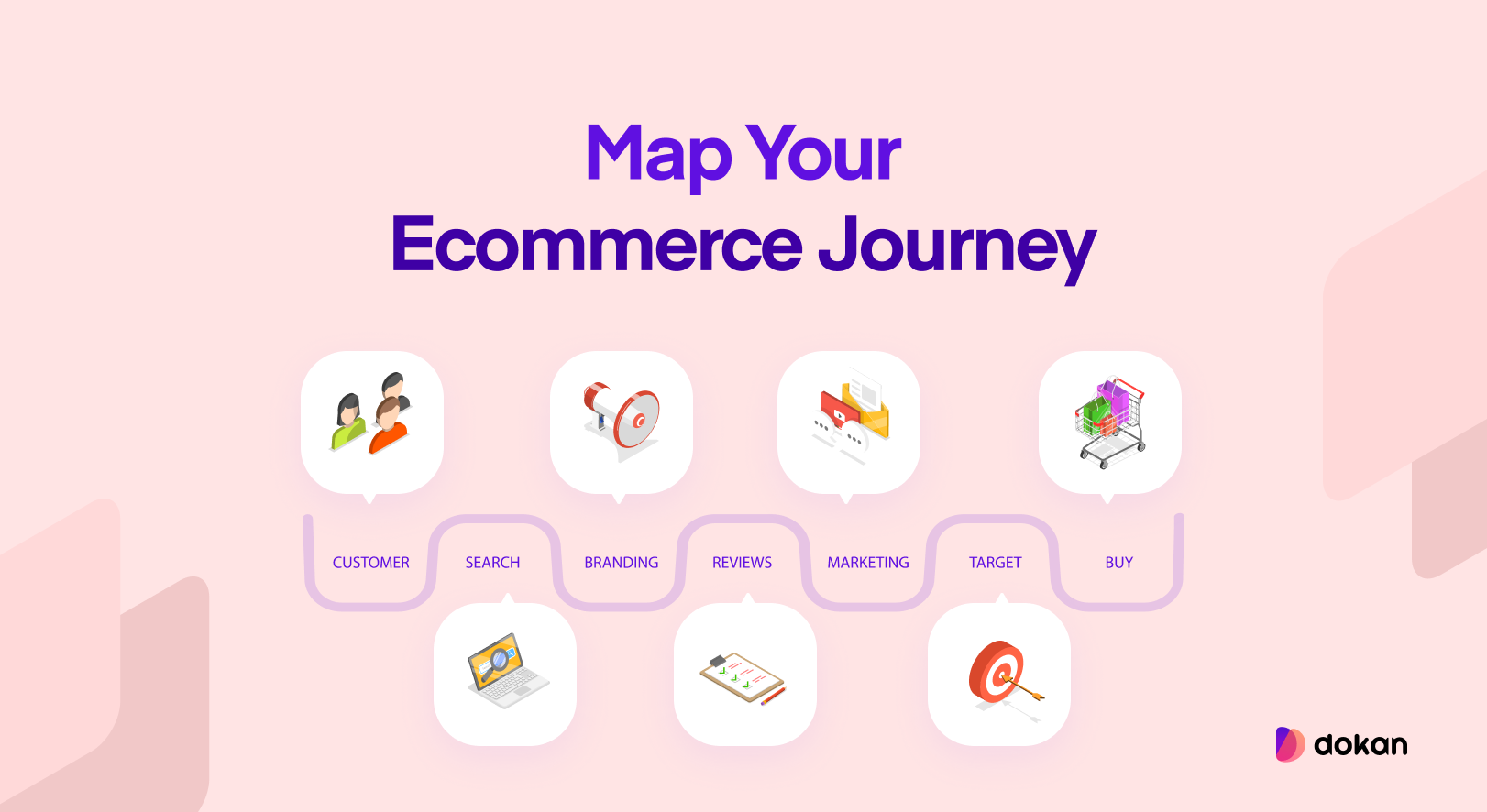
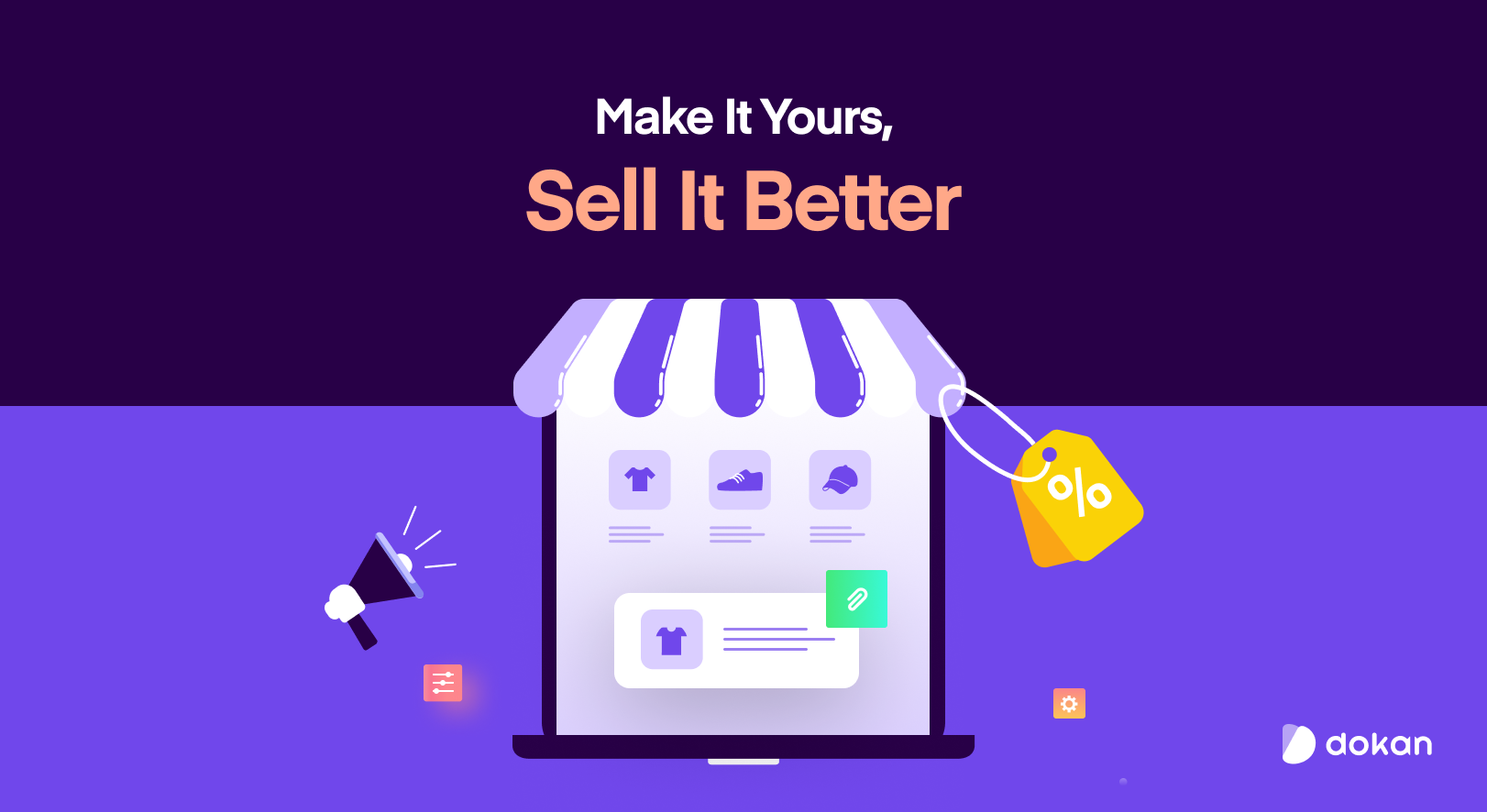
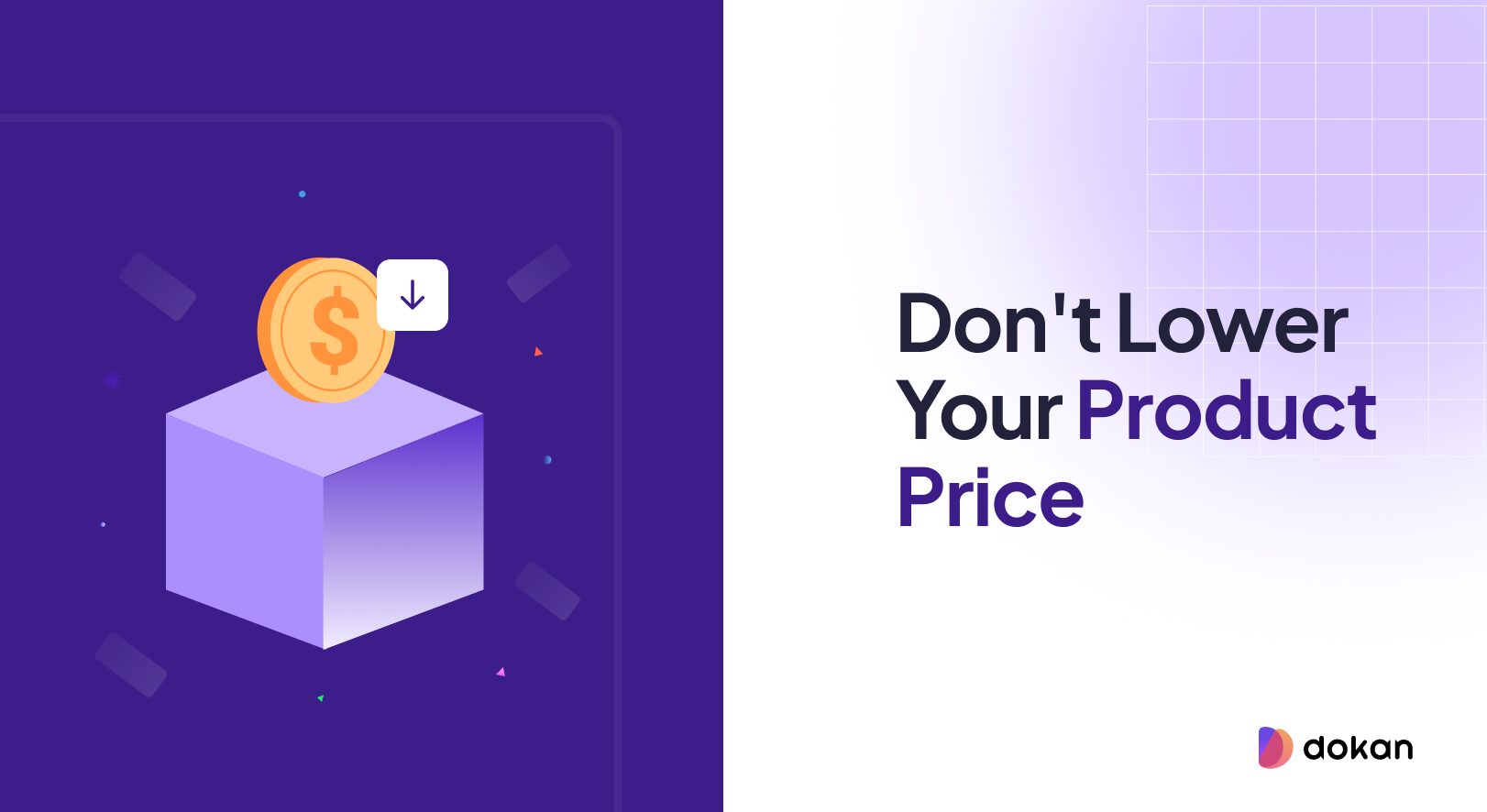

Leave a Reply